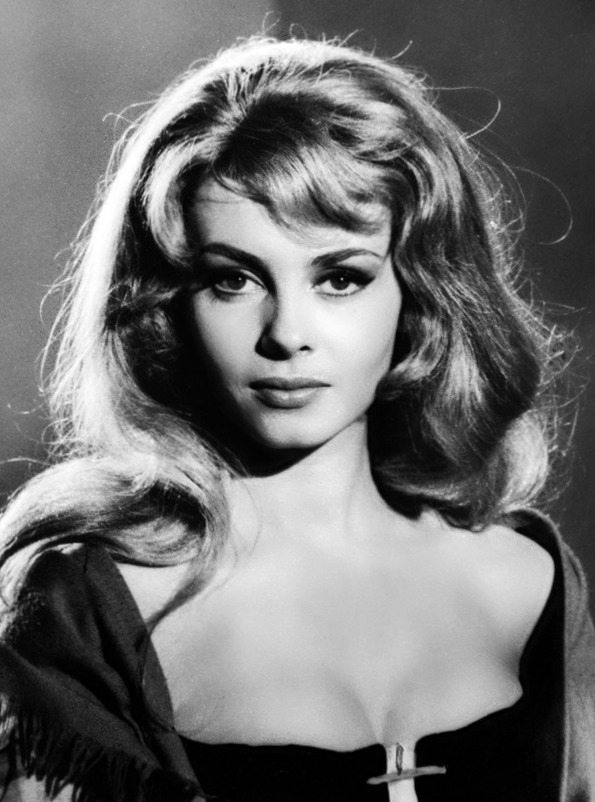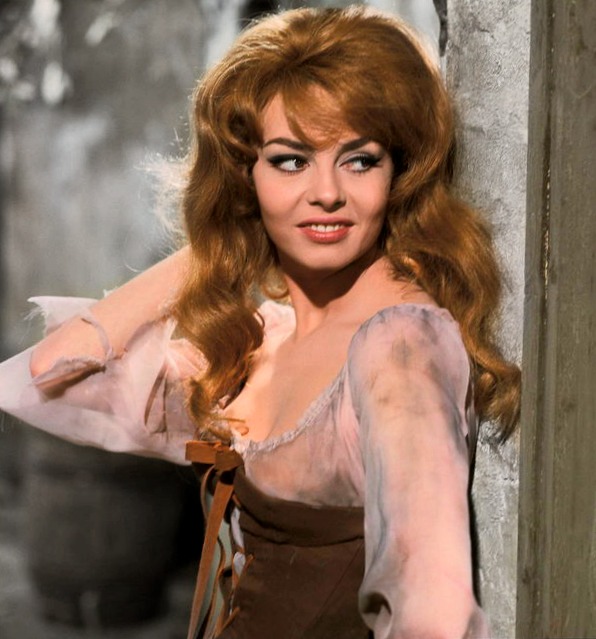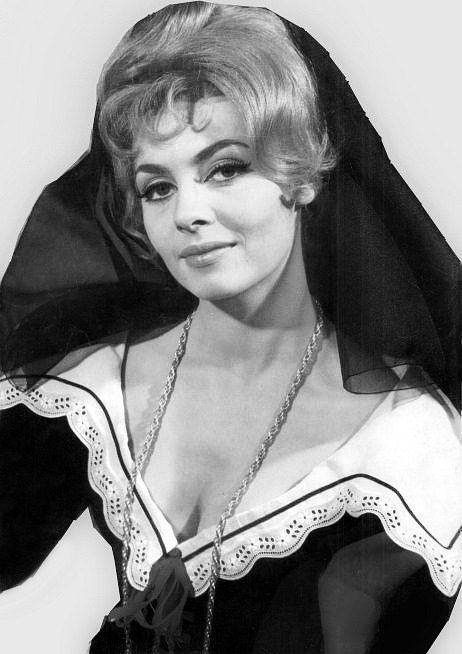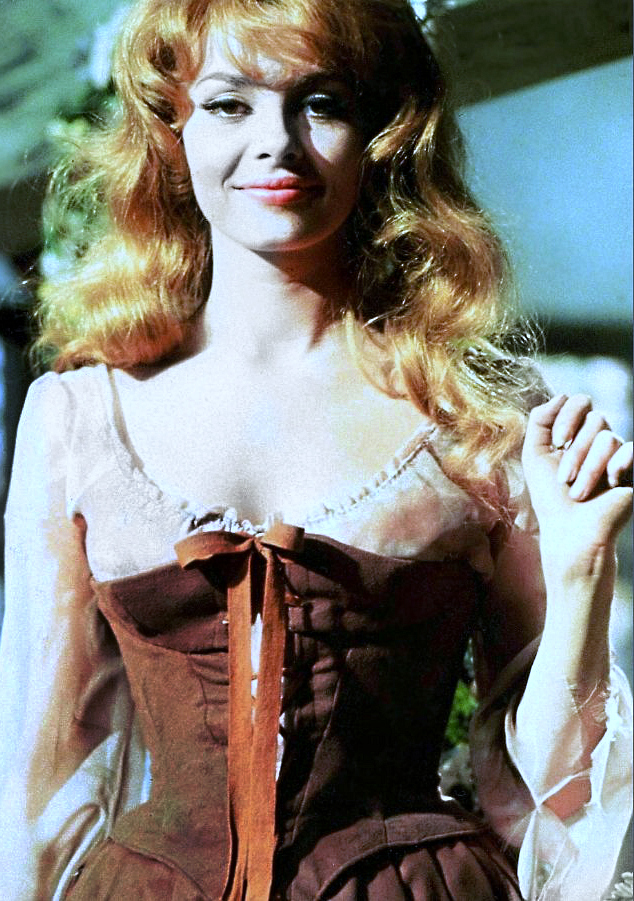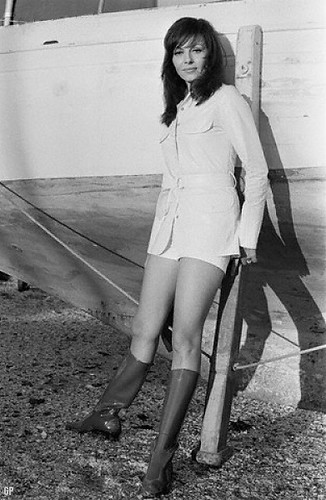
FEATURE Image: Yellow Submarine was a British cartoon feature film in 1968 starring comic strip figures of the Beatles in a colorful and surrealistic musical adventure featuring Beatles hits. Though it was a box office flop in the U.K., it was wildly successful in the U.S. The film title and concept were based on the Lennon-McCartney song of the same name and the screenplay was by Al Brodax, Jack Mendelsohn, Erich Segal (who did Love Story in 1970) and Lee Monoff. In the kingdom of Pepperland that is being attacked by the Blue Meanies, Fred, the conductor of Sgt. Pepper’s Lonely Hearts Club Band, escapes in a yellow submarine. He surfaces in Liverpool where he meets the Beatles and they set off together in the yellow submarine through the Seas of Time, Monsters and Holes to restore music and color to Pepperland. With 11 Beatles’ tunes and eye-popping animation in a host of styles, the De Luxe Color film from United Artists and King Features Syndicate epitomized the pop music culture of the late 1960’s. PHOTO credit: “yellow submarine” by youngdoo is licensed under CC BY-NC 2.0.
Paradoxically, When I’m Sixty-Four about relationships as one grows older, is probably one of the first songs Paul McCartney ever wrote. He was 13 or 14 years old when he composed it sometime in late spring 1956 although, in the mid-1960’s, it fit into the current fashion of rock music looking back to emulate pre-war English pop music hall styles (i.e., New Vaudeville Band’s “Winchester Cathedral” in 1966). In 1967 and credited to Lennon–McCartney, the song was released on the Sgt. Pepper’s Lonely Hearts Club Band studio album. When I’m Sixty-Four was also included in the Beatles’ 1968 animated film and pop phenomenon, Yellow Submarine that is a landmark of the genre.

When I’m Sixty-Four, while seemingly just a cute and simple ditty, was the result of several recordings and mixing stages before it reached the album. It was recorded by the Beatles on December 6, 1966. Two days later, alone, McCartney dubbed his lead vocal onto a December 6 take. Two weeks later, the Beatles dubbed backing vocals and the sound of bells. A new mix of the song was then created by producer (and later Sir) George Martin (1926-2016). The next day, 3 session musicians overdubbed the clarinets which added a fuller and fatter focal point for the song. The magic of mixing carried forward until the end of the year when 24-year-old McCartney suggested speeding up the track, which raised the key, in an attempt to make him sound “younger” and enliven the tune. Released during the Summer of Love in 1967, this was at the height of the LSD influence around music culture so that some viewed the song’s lyric “digging the weeds” as another possible dope allusion.

The animated film, Yellow Submarine, released in the U.S. in November 1968, had already caused a stir in London that July. With its 11 Beatles’ tunes, solid script, and direction by Canadian animation producer George Dunning (1920-1979), the United Artists’ and King Features Syndicate’s production was an almost effortlessly surreal animation and music experience. The film, originally intended for a juvenile audience, was attracting instead full-grown Flower Children which shocked its marketeers who now wanted to cancel, and, ultimately, delayed, its general release. Yet, unlike in Britain where the film was a box office failure – as the UK’s homegrown pop entertainments often were (even the Beatles wanted nothing much to do with the animated film project) – it was an immediate success at its release Stateside in November 1968.

In the U.S. there were more tickets sold for Yellow Submarine that year than any other film except The Sound Of Music. Though U.S. critics were unimpressed with Yellow Submarine, the film’s core audience of American teenagers and twenty-somethings bought tickets to see it over and over again and escaped for a time some of the late 1960’s turmoil of war, riots, assassinations as well as 1968’s divisive, razor-close presidential election. Over 55 years after its initial release, Yellow Submarine remains one of cartoon history’s landmark entertainments.
SOURCES: Revolution in the Head The Beatles’ Records and the Sixties, Third Edition, Ian MacDonald, Chicago Review Press, 2007, pp. 220-221.
Can’t Buy Me Love, The Beatles, Britain, and America, Jonathan Gould, New York: Harmony Books, 2007, pp. 484-486 and 505-507.
The United Artists Story, Ronald Bergan, Crown Publishers, Inc., New York, 1986, p. 243.








